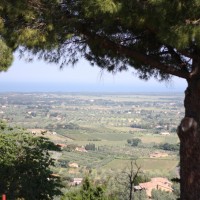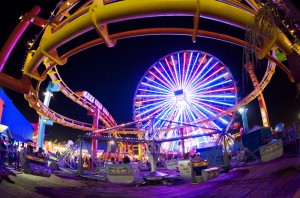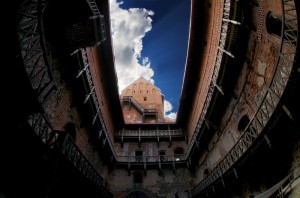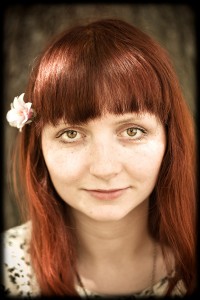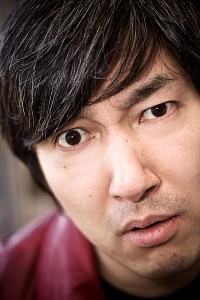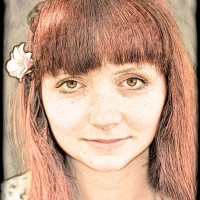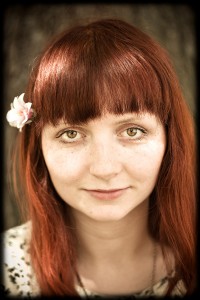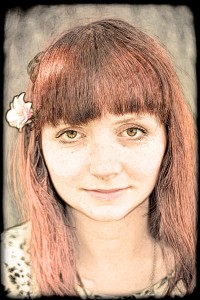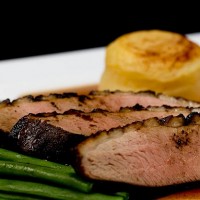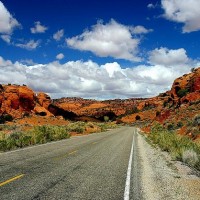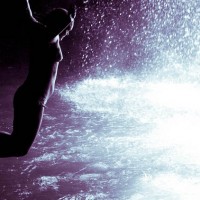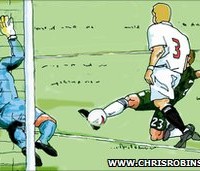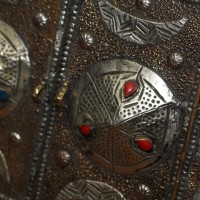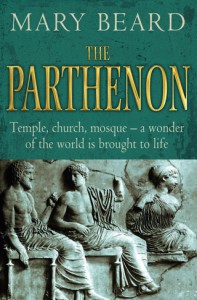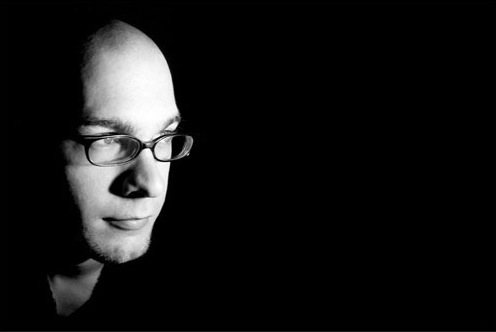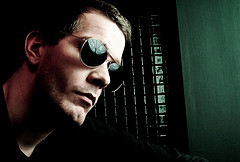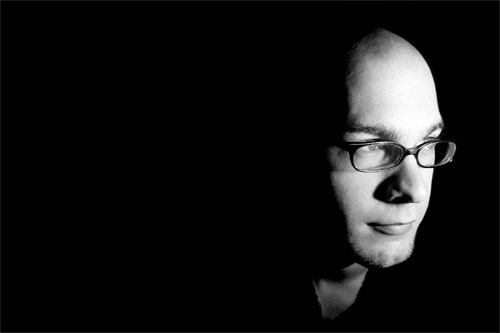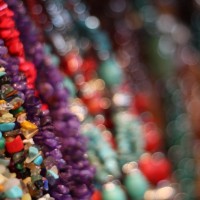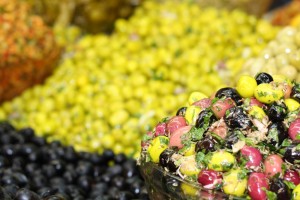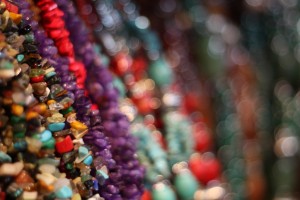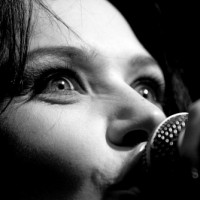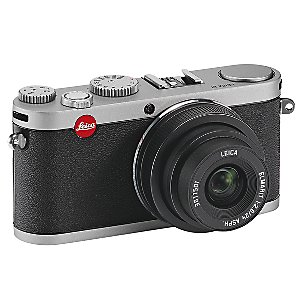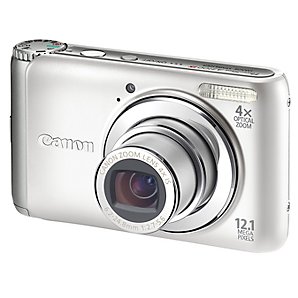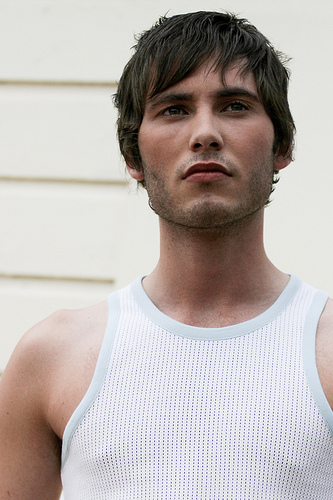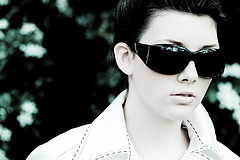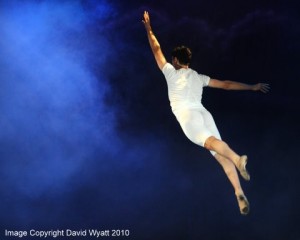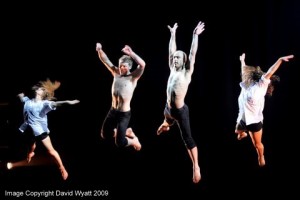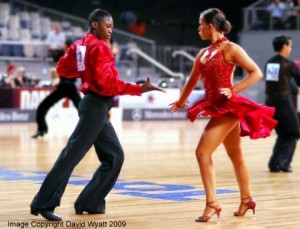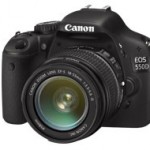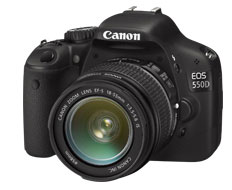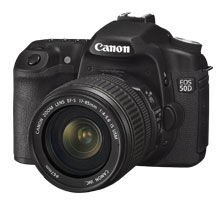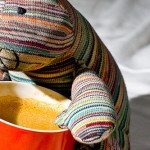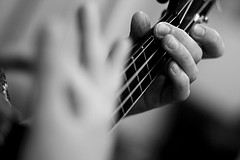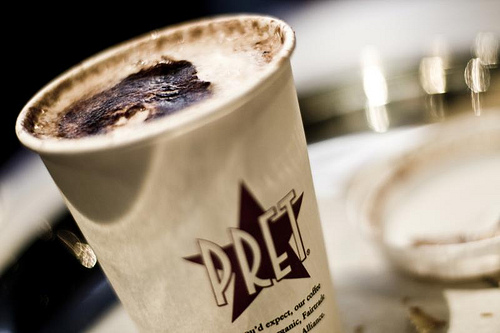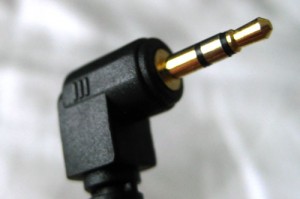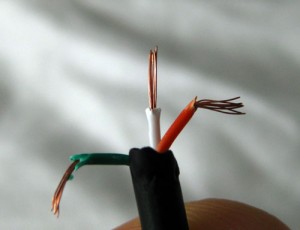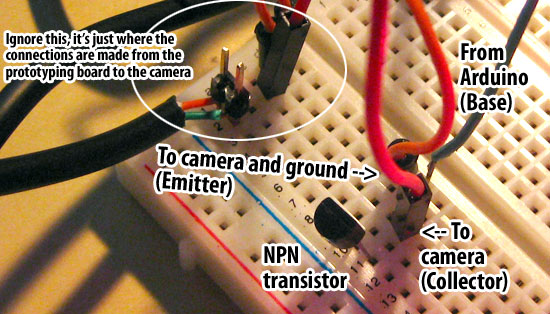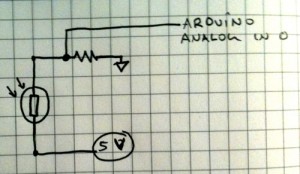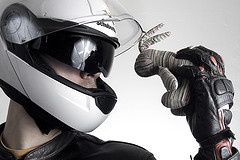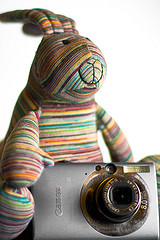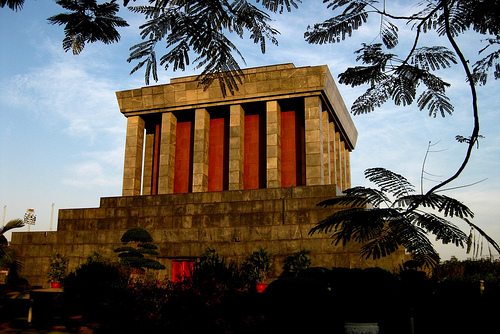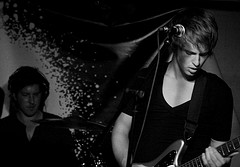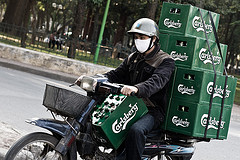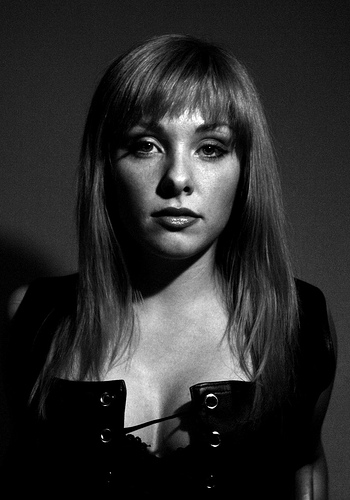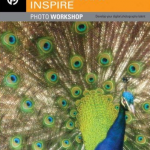Part 2 of 2. You may be interested in reading part 1, "What is copyright, and how do infringements harm you?", first.
I've spoken at great length about why I have such a problem with people stealing my content in part 1 of this article... But what can you do about it?
Finding infringing content
Unique strings of text – It turns out that most people who nick my content with malicious intent are doing so via the RSS feed. Probably because, in addition to being immoral, they are lazy. I decided to turn this to my advantage: I inserted a unique string and a date-stamp into my RSS feeds.
In theory, because this unique string only exists in my RSS feed, it should never show up in Bing, Yahoo, Google or, well, anywhere on the internet, really. If/when it does, I know someone is doing something they aren’t supposed to. Searching for this unique string should ideally result in zero search results. Invariably, however, it never does.
Copyright web services
Apart from inserting a unique string, you can use a service like Copyscape to scan for infringing content. Their Copyscape Premium service is fantastic: Point it at your site map, and for only $0.05 per page, it will take all your pages and compare them to the internet. They score your content against other content. High-scoring content obviously is likely to be plagiarised or infringing in one way or another, so you can take action.
Of course, Copyscape only works for textual content. For photographers wanting to track whether their images have been ‘borrowed’, there is Tineye, and their more hard-core PixID service.
Dealing with infringing sites: Start easy!
If you think that someone has used your content by accident, or out of ignorance, there’s no point in chucking the book of the law at them. A friendly e-mail (cc’d to yourself so you remember to follow it up in a week or so) is usually more than enough to get them to take the content down.
I have found that the number 1 reason for the ‘friendly e-mail’ approach failing is that there isn’t an easy way of contacting the owner of the site… I’m not being difficult, but if it takes me more than about 10 seconds to find the contact e-mail address (check the header, sidebar and footer for anything that reads ‘about us’, ‘contact us’, or similar) or a feedback form, they’ve already wasted enough of my time. On to step 2:
Finding contact details
One of the big problems with many websites is that it is difficult to find out how to contact people. If their ‘About Me’ page or ‘contact us’ pages are absent, broken, or just hopelessly convoluted to use, you have to get clever. I tend to use a site called Domain Whitepages, which will give you 3 pieces of information: Who registered the domain, Who is the domain registrar, and who hosts the domain.
The person who registered the domain is usually the person you want – but many people have made this information private, or it might be out of date.
Your next point of call is the web host. These are the people who own and run the physical server on which the website is running. Look up the host’s website, and do a search for ‘copyright’ and ‘dmca’. If you can’t find either, look for ‘abuse’ or ‘report an issue’. Most web hosts have a mechanism for contacting them with abuse-related e-mails. If you sent a DMCA notice (more about that below) to the host, they will generally respond extremely quickly – I often had responses within an hour – anything longer than 12 hours is quite rare.
If you really can’t figure out who is hosting the server, your last option is to go for the domain registrar: This is the people who have registered the internet domain (like ‘photocritic.org’ or ‘google.com’). If you have to serve a DMCA notice to them, things will take a little bit longer, but if they can’t contact the owner, they’ll pull the plug on the whole domain, which tends to get the owner’s attention really quickly.
Fighting back with the DMCA
After your e-mail, the Digital Millennium Copyright Act – or DMCA – is going to be your second response to any issue of copyright. The DMCA is an US piece of legislation which doesn’t apply in any country except the USA, but I’ve sent DMCA notices to all sorts of countries (including, interestingly the UK, although the appropriate document in this country would be a ‘Notice and Take Down, or a NTD document), and while the legalese on the DMCA notice might be incorrect for, say, Germany, copyright law tends to be similar in most countries, and they’re not going to split hairs over receiving the wrong form: The important thing is that someone is breaking a law, somewhere.
To use a DMCA notice, you need the following: Your details, the details of the original and infringing content, and two particular snippets of legalese which swears on pain of death (ok, not quite – but nearly) that you’re convinced that you are in the right and they are in the wrong. Below is an example of the form letter I have been using.
Example DMCA notice
I have been using the following format for my DMCA notices to great effect:
[your address]
[today's date]
DMCA Notice of Copyright Infringement
Dear Sir or Madam: Upon a routine copyright check, I discovered that the example.com site infringes on my copyright.
The copyrighted work at issue is the text and images appearing on my site here:
- http://photocritic.org/nude-girlfriend-photography/
The URLs infringing on our copyrighted material include:
- http://example.com/nude-girlfriend
Please ensure that the infringing content is taken down within 48 hours.
You can reach me at [e-mail address] if you require further information or clarification.
I have a good faith belief that use of the copyrighted materials described above as allegedly infringing is not authorized by the copyright owner, its agent, or the law.
I swear, under penalty of perjury, that the information in the notification is accurate and that I am the copyright owner of an exclusive right that is allegedly infringed.
[my signature]
Mr [my name]
If the person you are sending the notice to demands the notice to be sent in by fax (surprisingly many do, actually), check out Interfax – they let you e-mail them a PDF document, and they fax it on for you. Fantastic, because, well, who even has a fax these days?
In the above, it is important to add your full mailing address near the top of the document. Create a list of all the article originals, and then the corresponding list of the articles on the infringing site.
First off, send this to the contact e-mail for the site. If that fails to get the content removed, send the same thing to the web host’s copyright or abuse team a week later. If that fails again, send the same thing to the domain registrar after another week. Do add a note to the letter stating whom and when you sent the notices to before, because the host might want to know before they decide to shut down a server.
But… Does it work?
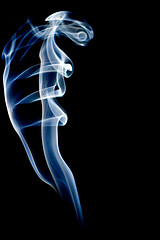
Here, have a random photo I took this week-end. I'm quite proud of it. And this post is nearly 4,500 words long or so, so I figured you needed a break for a few seconds. Enjoy.
The DMCA form is incredibly effective. In the past year, I have sent out around 50 formal notices to people infringing on my copyrighted content, and all but two of these infringements have been taken down. One of them is in Vietnam (which doesn’t have any meaningful copyright legislation, so I’m out of luck, basically) and India (which does have legislation, but is notoriously lack at enforcing it, and the site owner is simply ignoring me. Particularly annoying because it looks like it might be a pretty high-profile site). I am still looking into how I might convince them to take the articles down, but I fear it might take more time than it is worth to me.
Out of the fifty or so, the hosts deleted the articles most of the time. Some times they placed a block on the pages (so the pages would result in a 403 forbidden page), some times they deleted it from the database (causing a 500 internal server error when trying to access the page), some times they shut down the whole site (showing a ‘if you own this site, please contact the host immediately’ message), and other times they found more elegant solutions.
In at least three cases, the site owner never contacted the host, and the whole site was taken down. In one case, the domain registrar decided to take the domain name offline, which means that while the domain itself is still available via its IP address, most of its users were unable to get to it.
What if the DMCA notification doesn’t work?
Excellent question. You could seek further legal help, but be warned: things often get complicated really quickly: The person infringing might be based in Romania, using a server in Russia on a Chinese domain name. If that happens, you’ve drawn the short straw: Where do you begin?
The best approach: If there is any aspect of the business which is operated out of the US (Say, they use Google Adsense, in which case, fill the AdSense DMCA complaint – the content will continue to exist, but at least you can send a message). Especially check the domain registrar – you’ll often find that even ‘foreign’ domains can be registered via an US registrar, and they should be susceptible to a sternly written DMCA notice.
From personal experience, I’d say that the DMCA approach is effective in well over 90% of cases, and I decided I didn’t have enough energy (or hours in the day!) to try to go beyond that.
What if there is a particularly rampant infringement?
In theory, you could start a lawsuit whenever someone steals a single piece of content from you. In practice, you’d me mad to do so, and honestly, it is a lot of hassle to go to court. Sometimes, however, you come across a case where you can’t see any other option.
I’ve had a couple of cases where the site in question wasn’t just copying my content, but went very, very far beyond that as well. One of them had ‘borrowed’ around 50 of my articles, the other one had systematically ‘borrowed’ every single one of my articles, all the way back to the start of Photocritic – yes, nearly 400 articles.
Let’s just say that I thought they were taking the proverbial piss. So, in addition to my standard DMCA letters, I included invoices for unauthorised use (number of articles multiplied by how much I would have charged to write those articles as a freelancer) with the letter and started talking to a solicitor. I can’t go into details about either of the cases, but suffice to say that both companies ended up paying significant amounts of money for their infringements.
Dragging people to court is not necessarily an approach I would recommend: litigation can be very expensive, but when things get just a little bit too silly, getting the legal system involved early on can ensure that people sit up and pay attention.
Disclaimer
I have rudimentary legal training in UK media law, but my training is several years old, and you’d be insane to take legal advice from some random bloke off the internet anyway. Nothing in this post is meant as actual legal advice – talk to your solicitor, that’s what they are there for!
Further Reading
This is part of a 4-story series:
- What is copyright, and how do infringements harm you?
- Protecting your copyright in a Digital World (this article)
- Just because it's in my RSS feed, doesn't mean you get to steal it
- Ignorance is no excuse
In addition, you might enjoy Police Fail: Copyright, what is that? and Even Schools Don't Care About Copyright...
